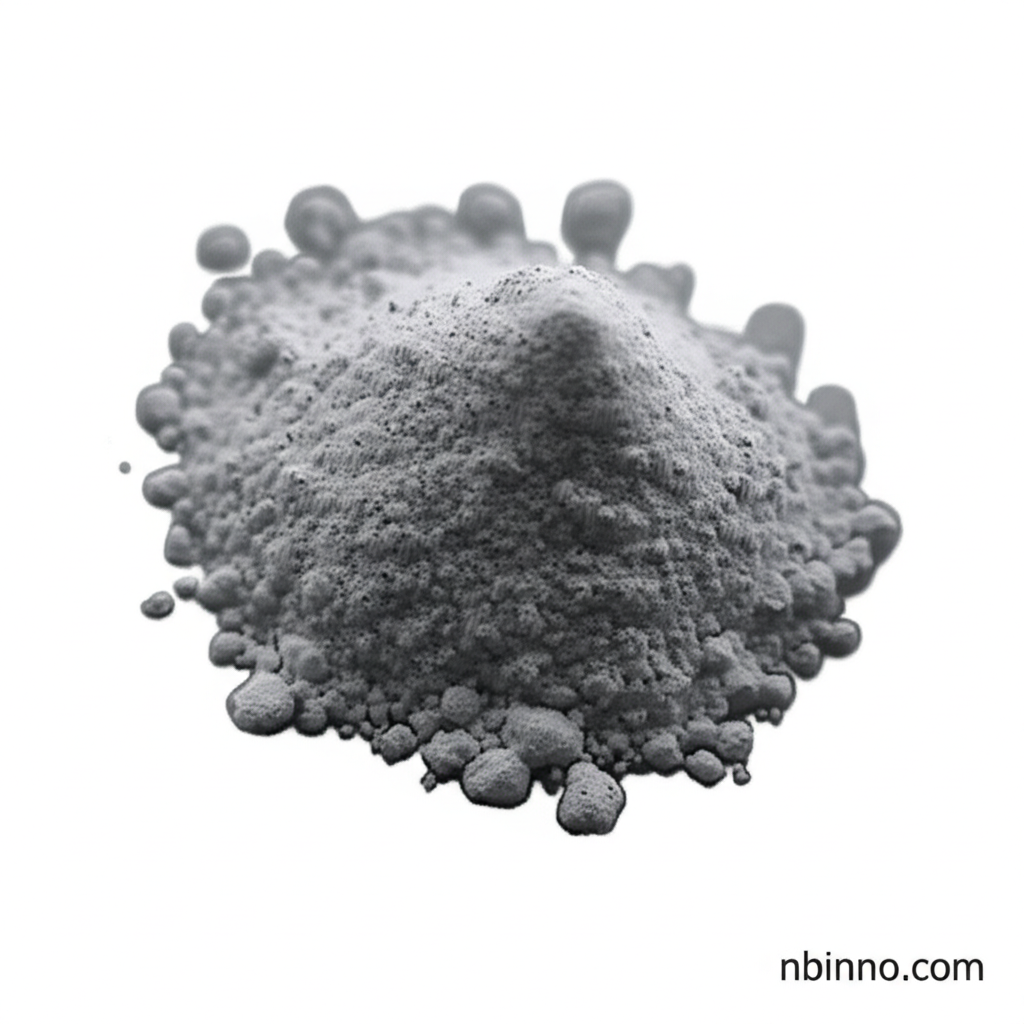Key Insights into 3-(S)-(+)-(1-Carbamoyl-1,1-diphenylmethyl)pyrroloidine-L-(+)-tartarate
Discover the essential properties and applications of this vital pharmaceutical intermediate.
Get a Quote & SampleProduct Core Value

3-(S)-(+)-(1-Carbamoyl-1,1-diphenylmethyl)pyrroloidine-L-(+)-tartarate
This compound is a significant pharmaceutical intermediate and impurity encountered during the synthesis of Darifenacin. Its precise role in the synthesis of Darifenacin is critical for ensuring the quality and efficacy of the final drug product. Beyond its role as an intermediate, it also exhibits muscarinic receptor antagonist activity, highlighting its potential in various pharmacological applications.
- Understanding the synthesis of Darifenacin impurity is key for pharmaceutical quality control.
- This compound serves as a critical intermediate in pharmaceutical manufacturing.
- Its muscarinic receptor antagonist uses make it valuable in drug development.
- The detailed properties of 3-(S)-(+)-(1-Carbamoyl-1,1-diphenylmethyl)pyrroloidine-L-(+)-tartarate are essential for safe handling and effective application.
Key Advantages
Pharmaceutical Purity
Ensuring high purity is paramount for API intermediates; understanding pharmaceutical quality control standards for this compound guarantees reliable results.
Pharmacological Activity
Its function as a muscarinic receptor antagonist positions it for significant roles in advanced pharmaceutical synthesis, targeting specific biological pathways.
Synthesis Intermediate
As a key component in Darifenacin synthesis and impurities, its availability and quality directly impact the development of treatments for conditions like overactive bladder.
Key Applications
Pharmaceutical Manufacturing
Used as a crucial intermediate in the production of pharmaceuticals, ensuring the precise synthesis of Darifenacin impurity.
Drug Discovery
Its properties as a muscarinic receptor antagonist make it a subject of interest in developing new therapies, supporting muscarinic receptor antagonists in pharma research.
Quality Control
Essential for analytical method development and validation, contributing to rigorous pharmaceutical quality control standards.
Chemical Research
Its complex structure and stereochemistry make it a valuable compound for research in fine chemical sourcing and application.
